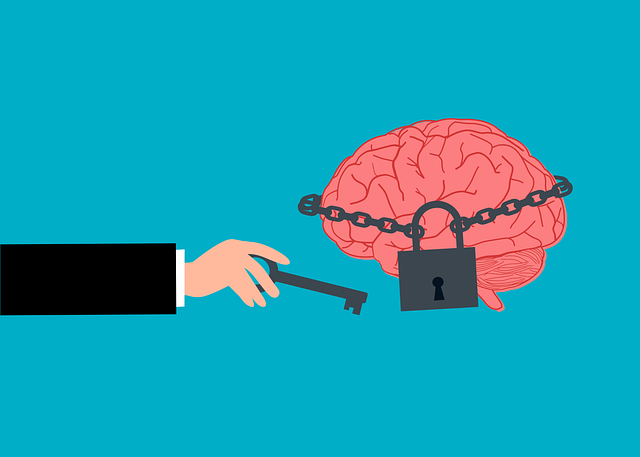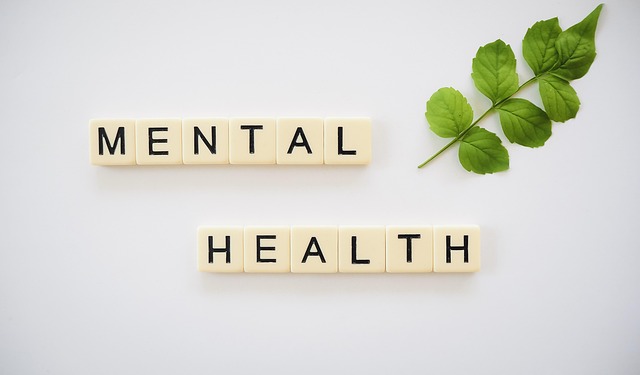Golden Biofeedback Therapy (GBFT), a non-invasive approach using Mind Over Matter principles to regulate the autonomic nervous system, enhances emotional intelligence and mindfulness. As GBFT gains popularity through podcasts and coaching programs, mental health professionals must assess risks and benefits tailored to diverse patient backgrounds. Integrating GBFT into harm minimization plans, along with education, early intervention, and public awareness, can effectively manage stress, anxiety, and psychological conditions. Continuous improvement methodologies and open dialogue between practitioners, researchers, and participants are essential for optimizing GBFT's mental wellness promotion capabilities.
Risk assessment and harm minimization are paramount in healthcare, especially with emerging therapies like Golden Biofeedback. This article guides you through the essential process of implementing these strategies for safe practice. We explore ‘Understanding Golden Biofeedback Therapy’, its benefits and risks, and offer a practical framework for developing a comprehensive harm minimization plan. Learn effective implementation strategies and continuous improvement tactics to ensure patient safety while harnessing the potential of this non-invasive approach—Golden Biofeedback Therapy.
- Understanding Golden Biofeedback Therapy: A Non-Invasive Approach
- Identifying Potential Risks and Benefits
- Developing a Comprehensive Harm Minimization Plan
- Implementation and Continuous Improvement Strategies
Understanding Golden Biofeedback Therapy: A Non-Invasive Approach

Golden Biofeedback Therapy (GBFT) represents a non-invasive and powerful approach to wellness, leveraging Mind Over Matter principles to help individuals regain control over their physiological responses. This therapy focuses on teaching patients to regulate their autonomic nervous system, which plays a crucial role in managing stress, anxiety, and various physical conditions. By using sensors to monitor bodily functions like heart rate and skin conductance, GBFT empowers people to make conscious adjustments that promote relaxation and overall well-being.
Embracing the concept of emotional intelligence, GBFT incorporates mindfulness techniques tailored to individual needs. Healthcare Provider Cultural Competency Training can enhance the effectiveness of this therapy by fostering understanding and respect for diverse patient backgrounds and perspectives. Through repeated practice, patients can learn to respond calmly under stress, thereby minimizing harm potential in both physical and mental health scenarios.
Identifying Potential Risks and Benefits

Identifying potential risks and benefits is a critical step in any risk assessment process, including that of Golden Biofeedback Therapy (GBFT). This holistic approach to mental wellness has gained traction through various Mental Wellness Podcast Series Production and Mental Wellness Coaching Programs Development. However, like any therapeutic intervention, GBFT is not without its considerations. Risk management planning for mental health professionals must meticulously evaluate the potential drawbacks while weighing them against the anticipated benefits.
The Risk Management Planning for Mental Health Professionals should consider factors such as individual patient vulnerabilities, the specific techniques employed in GBFT, and the overall goals of treatment. For instance, while GBFT has been shown to enhance relaxation and reduce stress, it may not be suitable for individuals with certain physiological conditions or those experiencing severe emotional crises. A thorough understanding of these nuances enables professionals to tailor their approach, ensuring optimal outcomes while minimizing potential harms.
Developing a Comprehensive Harm Minimization Plan

In developing a comprehensive harm minimization plan, healthcare professionals and organizations should integrate Golden Biofeedback Therapy as a powerful tool for risk assessment and mental wellness promotion. This therapy offers a non-invasive approach to managing stress, anxiety, and various psychological conditions. By utilizing biofeedback techniques, individuals can gain better control over their physiological responses, thereby enhancing their ability to cope with challenging situations and reducing potential harm.
A well-structured plan should encompass education, early intervention, and tailored strategies. Public awareness campaigns development focused on mental wellness can play a pivotal role in identifying at-risk individuals and providing them with the necessary resources. Confidence boosting techniques, when combined with Golden Biofeedback Therapy, empower people to navigate life’s stressors more effectively, ultimately contributing to better overall health and well-being.
Implementation and Continuous Improvement Strategies

Implementing risk assessment and harm minimization strategies requires a dynamic approach, especially when focusing on mental health and wellness initiatives like Golden Biofeedback Therapy. Once initial protocols are set, organizations should embrace continuous improvement methodologies to adapt to evolving research, technology, and community needs. Regularly reviewing and updating these plans ensures that interventions remain effective and relevant. Encouraging open dialogue between practitioners, researchers, and participants allows for the identification of areas needing refinement.
By incorporating feedback from various stakeholders, including those engaged in Mental Wellness Coaching Programs Development and Mental Health Education Programs Design, organizations can enhance their risk management strategies. For instance, organizing Stress Management Workshops can provide valuable insights into community concerns and emerging trends. This collective approach not only strengthens harm minimization planning but also fosters a culture of mental health awareness and proactive support.
Golden Biofeedback Therapy (GBFT) presents a promising, non-invasive approach for various health conditions. However, as with any treatment, it’s crucial to identify potential risks and benefits through thorough assessment. Developing a comprehensive harm minimization plan is essential to ensure safe and effective implementation. By adopting continuous improvement strategies, healthcare professionals can optimize GBFT practices, ultimately enhancing patient outcomes and satisfaction.









